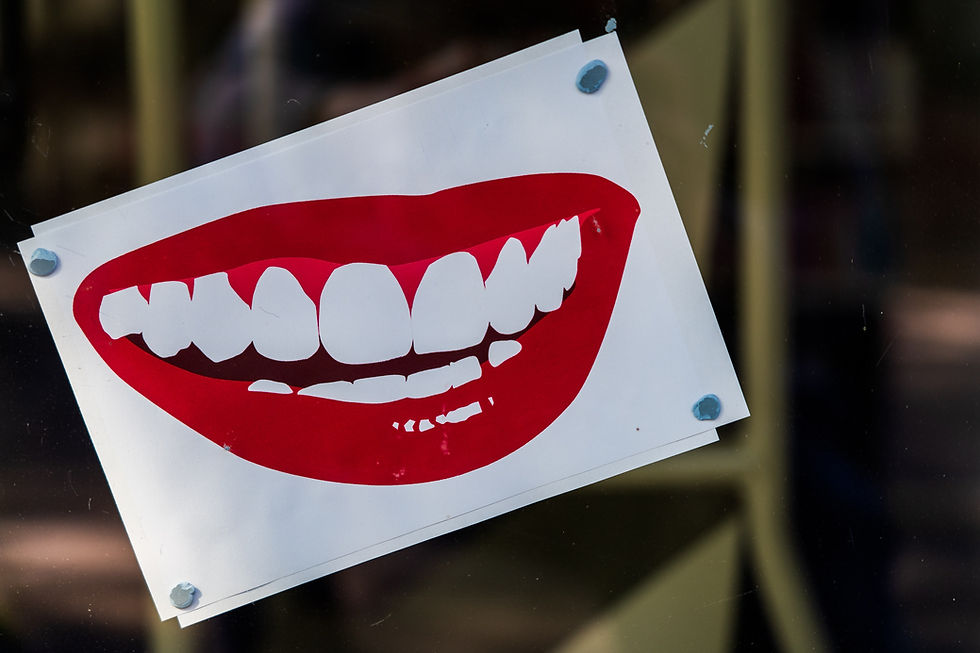Beyond Production: The Hidden Financial Costs of Low Dental Case Acceptance Rates
- Maxillo Team
- Oct 15
- 3 min read
For practice owners and managers, the dental Case Acceptance Rate (CAR) is a critical performance indicator, representing the percentage of diagnosed treatment that is scheduled and completed. While the immediate loss of unaccepted production is obvious, a low CAR creates three significant, often-overlooked financial drains that undermine practice profitability and scalability.

1. The Erosion of Lost Production and Operational Opportunity due to Low Dental Case Acceptance Rates
The most direct cost is the failure to convert diagnosis into production. The industry-wide goal for high-performing practices is often 90% CAR, yet two-thirds of U.S. dental practices fall between 20% and 50% acceptance [1]. This gap is where hundreds of thousands of dollars in annual revenue are lost.
Quantifying the Revenue Gain
Consider a newly-established practice with an average of $500,000 in diagnosed, unaccepted treatment presented annually:
Scenario A: Low Acceptance (30% CAR)
$500,000 presented × 30% = $150,000 in accepted production.
$350,000 in lost annual production.
Scenario B: Moderate Acceptance (50% CAR)
$500,000 presented × 50% = $250,000 in accepted production.
$250,000 in lost annual production.
Scenario C: High-Performing Acceptance (70% CAR)
$500,000 presented × 70% = $350,000 in accepted production.
$150,000 in lost annual production.
By systematically moving from a 30% CAR to a 70% CAR, the practice captures an additional $200,000 in annual accepted revenue simply by improving communication and patient financing strategies.
Beyond immediate lost production, there is the increased risk of deterioration cost. When patients delay care, a minor issue (e.g., a small filling) progresses into a major, more complex procedure (e.g., root canal or extraction). Studies show that delaying care can cost practices up to 20% of their lost income because patients either wait until their condition is acute or seek cheaper, alternative treatment elsewhere [2].
2. Operational Inefficiency and High Overhead
A low CAR is a clear indicator of operational friction, which translates directly to higher non-clinical overhead.
Wasted Clinical Time: The time spent by the doctor, hygienist, and assistant diagnosing, charting, and presenting a treatment plan that is ultimately declined is time that is unproductive. This labor cost, including full salaries and benefits, is absorbed as overhead without corresponding revenue.
Administrative Follow-Up Labor: Low acceptance necessitates extensive administrative labor. Front office staff must dedicate hours to chasing patients, sending reminders, and making follow-up calls for unscheduled treatment. This is time pulled away from high-value, revenue-generating tasks like scheduling new patients or managing insurance verification. This high labor cost for patient recapture is a drag on efficiency.
Devaluation of Systems: If a practice invests in technology like intraoral cameras or 3D scanners to improve patient education, that investment is only realized when treatment is accepted. A low CAR means capital expenditures are not achieving their maximum Return on Investment (ROI).
3. Devaluation of Patient Lifetime Value (PLV)
Successful practices are built on high Patient Lifetime Value (PLV). A low CAR immediately devalues the patient relationship, resulting in a long-term financial hit.
Erosion of Trust and Loyalty: Treatment is declined not because the patient disagrees with the diagnosis, but often because they feel overwhelmed by the cost or confused by the clinical necessity. This breakdown in financial communication erodes the trust essential for long-term retention.
Financing as a Multiplier: Practices that systematically remove financial barriers demonstrate higher PLV. Offering patient financing options has been shown to result in 20% to 30% higher acceptance for treatment plans over $1,500 [3]. By making necessary procedures accessible, the practice secures immediate production and builds patient loyalty, which ensures consistent future hygiene and restorative revenue.
Increased Acquisition Cost: When a low CAR leads to high patient churn, the practice is forced to continually spend more on marketing and new patient acquisition just to maintain production levels. Retaining patients who accept and complete treatment is always less expensive and more profitable than continually replacing those who drop off.
Ultimately, maximizing the CAR is not just about maximizing production; it is about maximizing the value of every clinical hour, optimizing operational efficiency, and securing the long-term profitability of the practice.
Sources
TrueLark. Dental Case Acceptance: How to Increase Patient Acceptance Rates for DSOs. URL: https://truelark.com/how-ai-boosts-dso-dental-case-acceptance-rates/
mConsent. The Hidden Cost of Missed Follow-Ups in Dental Practices. URL: https://mconsent.net/blog/cost-missed-follow-up-dental-practices/
Drilldown Solution. Dental Patient Financing: A Strategic Tool for Growth and Case Acceptance. URL: https://drilldownsolution.com/dental-patient-financing-a-strategic-tool-for-growth-and-case-acceptance/




Comments